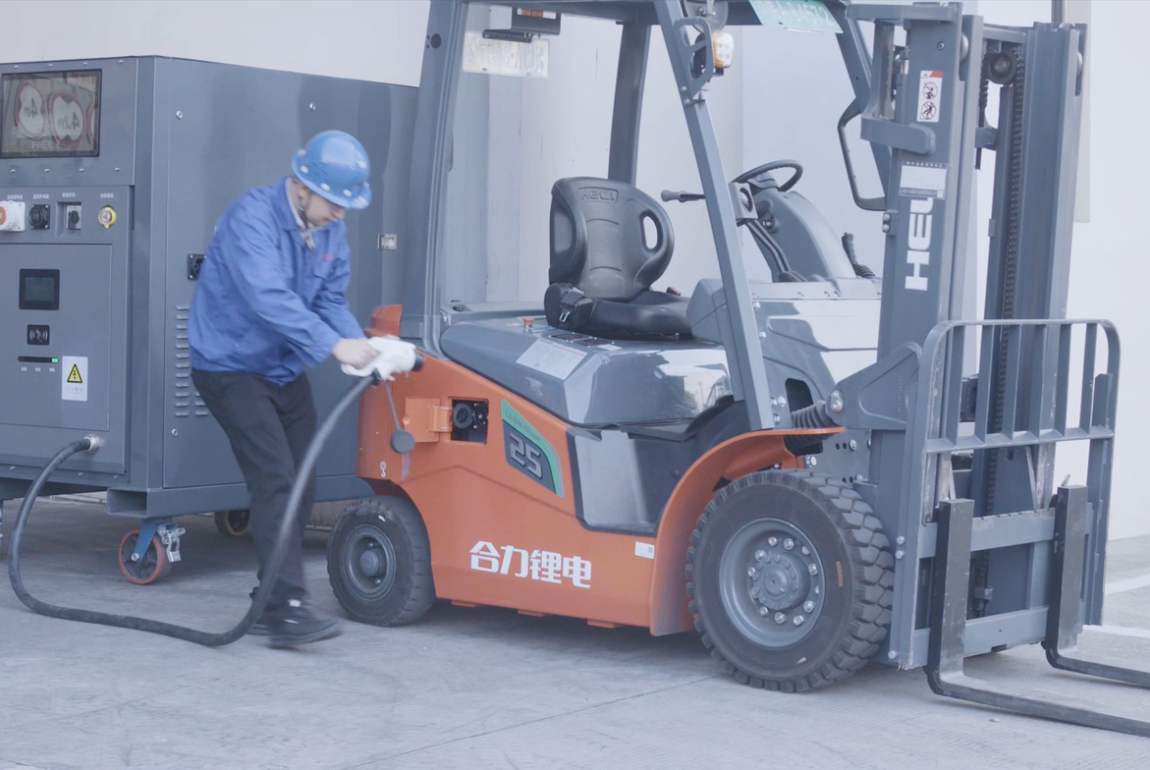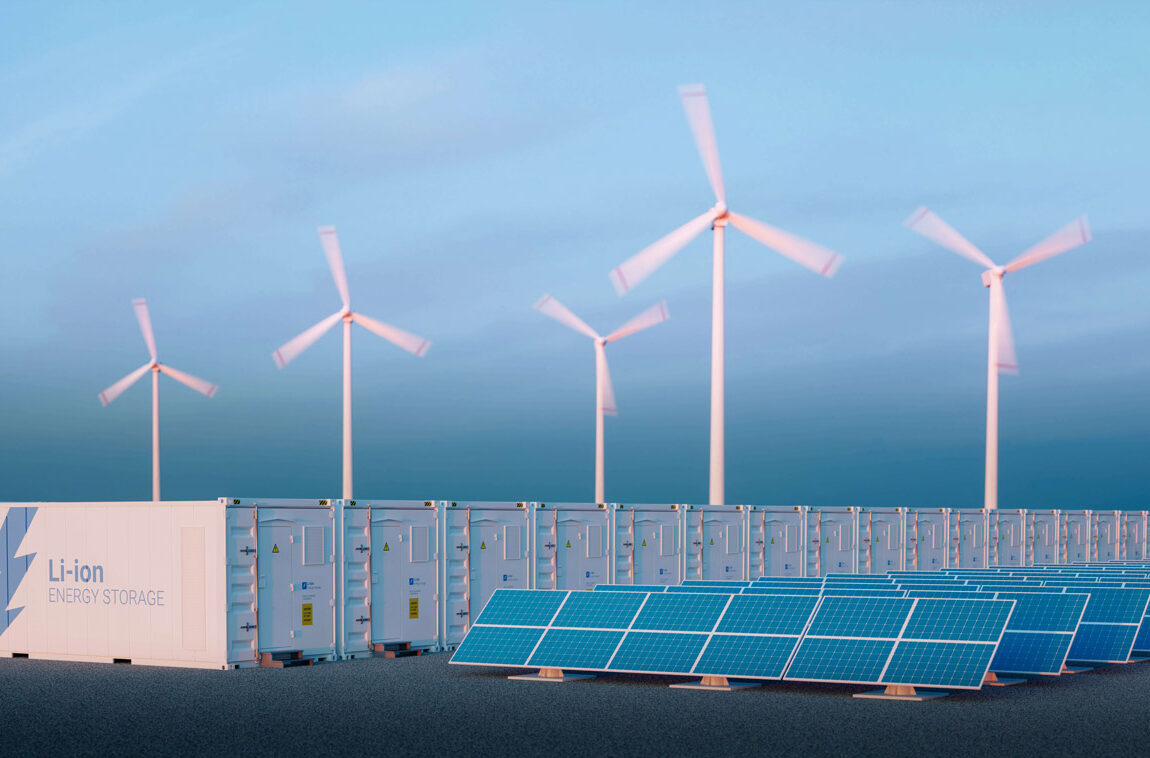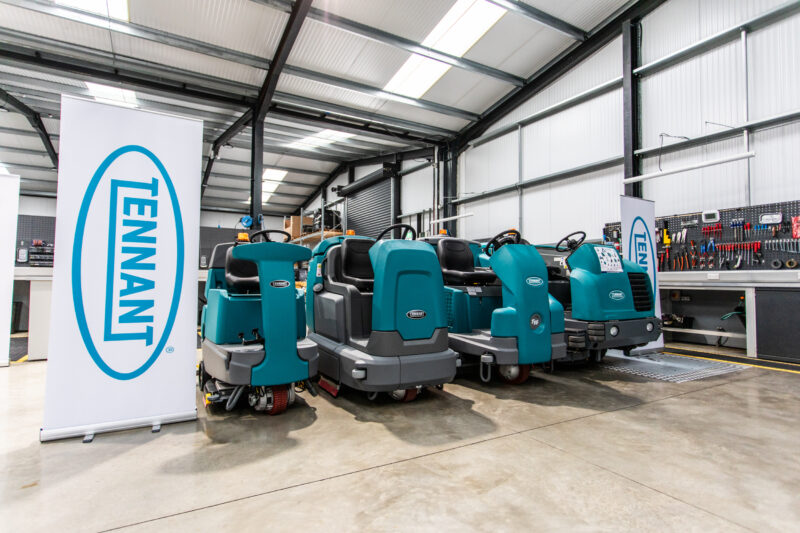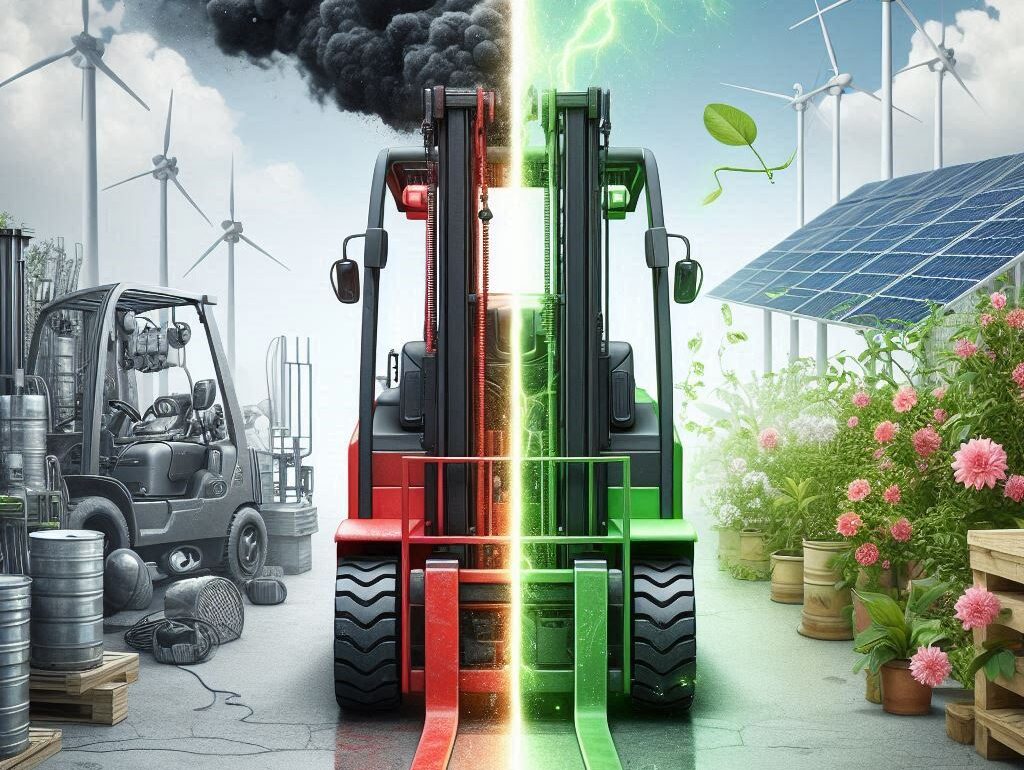
Introduction: China, the world’s largest automobile market, has been at the forefront of the global transition from traditional fuel vehicles to new energy vehicles (NEVs). This shift is driven by a combination of environmental concerns, government policies, and technological advancements. In this article, we will delve into the current state of NEVs in China, analyze the factors contributing to this transition, and explore the future of transportation in the country.
Market Analysis: As of recent statistics, the proportion of NEVs in China’s vehicle market has been steadily increasing. While fuel vehicles still hold the majority of the market share, the growth of NEVs is undeniable. The Chinese government has set ambitious targets for NEV adoption, with plans to increase the share of NEVs to a significant percentage of total vehicle sales by the end of the decade.
Factors Driving the Shift: Several factors are contributing to the rise of NEVs in China:
- Government Policies: The Chinese government has introduced a range of incentives to promote NEVs, including subsidies, tax exemptions, and preferential access to license plates in major cities.
- Environmental Regulations: Stricter emission standards have pushed both consumers and manufacturers towards cleaner transportation options.
- Technological Innovations: Advancements in battery technology have improved the range and performance of NEVs, making them more attractive to consumers.
- Infrastructure Development: The expansion of charging and battery swapping infrastructure has eased range anxiety and made NEVs more practical for daily use.
Consumer Behavior: Consumer attitudes towards NEVs have evolved positively, with increasing awareness of environmental issues and the benefits of electric mobility. The younger generation, in particular, is more inclined towards sustainable transportation options.
Challenges and Opportunities: Despite the positive trends, the NEV market faces challenges such as battery cost, range limitations, and the need for further infrastructure development. However, these challenges also present opportunities for innovation and growth.
The Future of Transportation in China: The future looks bright for NEVs in China. With ongoing support from the government and the private sector, the market is poised for further expansion. The integration of smart technologies, such as connected cars and autonomous driving, is expected to further enhance the appeal of NEVs.
Spiderway’s Role in the NEV Revolution: In this dynamic landscape, Spiderway stands out as a key player in the industrial vehicle segment. Specializing in lithium batteries for industrial vehicles, Spiderway’s products are designed to meet the rigorous demands of heavy-duty applications. With a focus on innovation and sustainability, Spiderway’s batteries offer high energy density, long cycle life, and robust performance, making them ideal for a wide range of industrial applications.
Conclusion: The transition from fuel vehicles to NEVs in China is a testament to the country’s commitment to sustainable development and environmental protection. As the market continues to evolve, companies like Spiderway will play a crucial role in shaping the future of transportation. With their advanced lithium battery technology, Spiderway is not only contributing to the growth of the NEV market but also setting new standards for industrial vehicle performance and sustainability.
Introduction: China, the world’s largest automobile market, has been at the forefront of the global transition from traditional fuel vehicles to new energy vehicles (NEVs). This shift is driven by a combination of environmental concerns, government policies, and technological advancements. In this article, we will delve into the current state of NEVs in China, analyze the factors contributing to this transition, and explore the future of transportation in the country.
Market Analysis: As of recent statistics, the proportion of NEVs in China’s vehicle market has been steadily increasing. While fuel vehicles still hold the majority of the market share, the growth of NEVs is undeniable. The Chinese government has set ambitious targets for NEV adoption, with plans to increase the share of NEVs to a significant percentage of total vehicle sales by the end of the decade.
Factors Driving the Shift: Several factors are contributing to the rise of NEVs in China:
- Government Policies: The Chinese government has introduced a range of incentives to promote NEVs, including subsidies, tax exemptions, and preferential access to license plates in major cities.
- Environmental Regulations: Stricter emission standards have pushed both consumers and manufacturers towards cleaner transportation options.
- Technological Innovations: Advancements in battery technology have improved the range and performance of NEVs, making them more attractive to consumers.
- Infrastructure Development: The expansion of charging and battery swapping infrastructure has eased range anxiety and made NEVs more practical for daily use.
Consumer Behavior: Consumer attitudes towards NEVs have evolved positively, with increasing awareness of environmental issues and the benefits of electric mobility. The younger generation, in particular, is more inclined towards sustainable transportation options.
Challenges and Opportunities: Despite the positive trends, the NEV market faces challenges such as battery cost, range limitations, and the need for further infrastructure development. However, these challenges also present opportunities for innovation and growth.
The Future of Transportation in China: The future looks bright for NEVs in China. With ongoing support from the government and the private sector, the market is poised for further expansion. The integration of smart technologies, such as connected cars and autonomous driving, is expected to further enhance the appeal of NEVs.

Spiderway’s Role in the NEV Revolution: In this dynamic landscape, Spiderway stands out as a key player in the industrial vehicle segment. Specializing in lithium batteries for industrial vehicles, Spiderway’s products are designed to meet the rigorous demands of heavy-duty applications. With a focus on innovation and sustainability, Spiderway’s batteries offer high energy density, long cycle life, and robust performance, making them ideal for a wide range of industrial applications.
Conclusion: The transition from fuel vehicles to NEVs in China is a testament to the country’s commitment to sustainable development and environmental protection. As the market continues to evolve, companies like Spiderway will play a crucial role in shaping the future of transportation. With their advanced lithium battery technology, Spiderway is not only contributing to the growth of the NEV market but also setting new standards for industrial vehicle performance and sustainability.
Author Profile

- https://tawk.to/chat/6228c78d1ffac05b1d7dc569/1ftnkn0nk
- SpiderWay LiFePO4 battery sales engineer with ten years of experience in industrial vehicle batteries, ready to answer any questions you may have about industrial LiFePO4 battery products.
Latest entries
Battery Charger KnowledgeNovember 15, 2024LFP (LiFePO4) Battery Charger Supplier from China: The Ultimate Solution for EV and Renewable Energy Applications
Industry NewsNovember 15, 2024China ESS Energy Storage Battery Manufacturers: Industry Development Data and Future Market Trends
Cleaning MachinesNovember 15, 2024Global Leading Cleaning Machines Brands & LFP Lithium Battery Solutions: Powering the Future of Cleaning Technology
Industry NewsNovember 15, 2024Embracing the Energy Transition for a Sustainable Future





